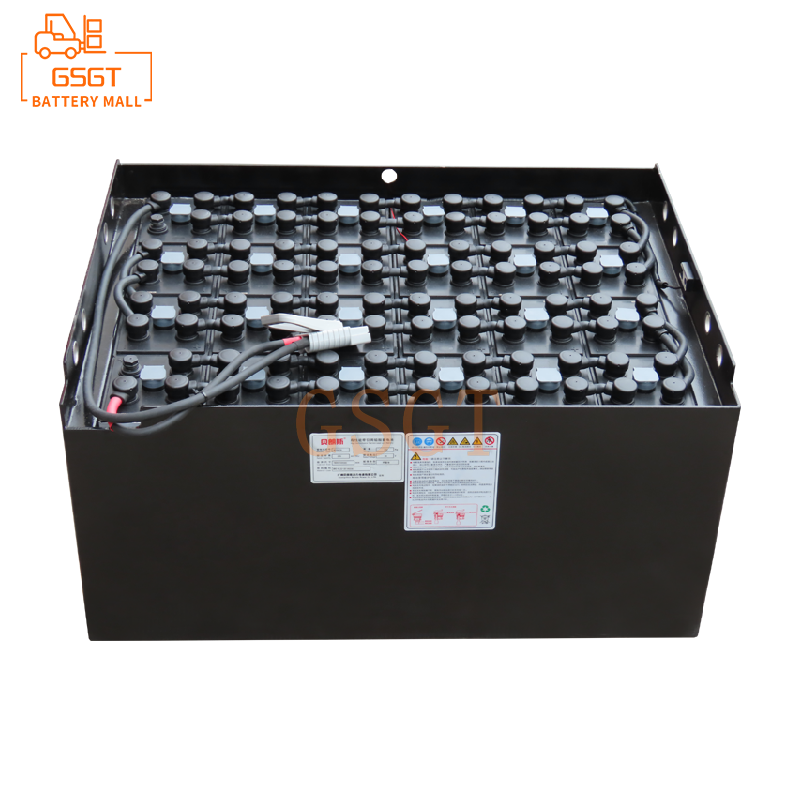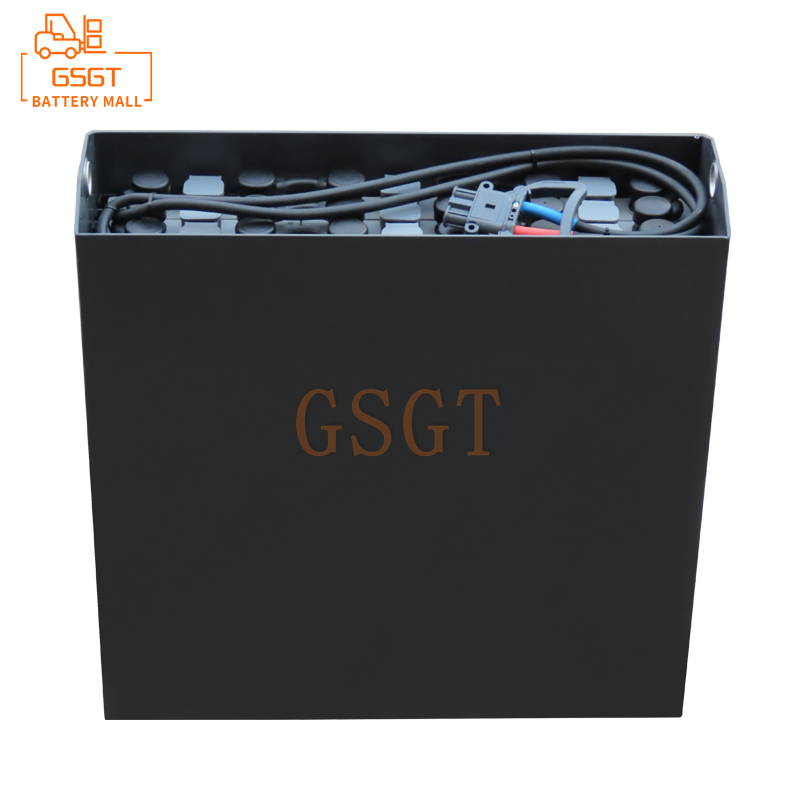Time:2025-07-12 11:28:00
Browse:629
In the operation system of forklifts, lead-acid batteries play a crucial role like the "heart", providing continuous power for the forklifts and ensuring the smooth progress of operations. However, many users have numerous misunderstandings in daily maintenance. These misunderstandings not only shorten the service life of the battery but may also cause safety hazards and increase operating costs. Below, we will provide a detailed analysis of the common misunderstandings in the maintenance of lead-acid batteries for forklifts, to help everyone maintain the batteries scientifically.
Misconception 1: The longer the charging time, the more sufficient the battery power
Many forklift operators believe that when charging lead-acid batteries, the longer the charging time, the more sufficient the power will be, and they may even keep the battery in a charging state all the time. This idea is completely wrong. Lead-acid batteries have a fixed capacity. Once fully charged, if charging continues, it will cause overcharging reactions inside the battery, generating a large amount of gas and causing a significant evaporation of water in the electrolyte. As a result, the battery plates are prone to problems such as sulfation and corrosion, which seriously affect the battery's performance and lifespan.
The correct approach is to control the charging time reasonably based on the capacity of the battery and the parameters of the charger. Under normal circumstances, when the charger shows that it is fully charged, the power supply should be cut off in time to avoid overcharging. At the same time, use the original charger that matches the battery. Do not mix chargers of different models to prevent battery damage due to mismatch of charging current or voltage.
Misconception 2: Adding electrolyte randomly doesn't matter whether the liquid level is high or low
Some users are very casual when adding electrolyte to the battery. They either think that the more electrolyte they add, the better, or directly add electrolyte when the electrolyte level drops. In fact, if the electrolyte level is too high, it is prone to overflow during the battery charging process, corroding the battery casing and surrounding components. It will also cause a decrease in the electrolyte concentration, affecting the battery's power storage capacity. If the electrolyte level is too low, the plates will be exposed to the air, causing oxidation of the plates and shortening the battery's service life.
Moreover, when the electrolyte level drops, distilled water should be replenished instead of electrolyte. During the battery's operation, what is consumed is water rather than sulfuric acid. If electrolyte is added blindly, the concentration of the electrolyte will be too high, which will accelerate the corrosion of the plates. The correct operation is: Regularly check the electrolyte level to keep it between the upper and lower scale lines. When the level is lower than the lower scale line, add distilled water to the appropriate position in time.
Misconception 3: Neglecting battery cleaning and connection point inspection
Many people only focus on whether the battery can supply power normally, but neglect the cleaning and inspection of the battery surface and connection parts. If too much dust, oil stains and other impurities accumulate on the surface of the battery, it may cause battery leakage in a humid environment and increase power loss. If the connection parts become loose or oxidized, the contact resistance will increase, resulting in a decrease in the battery output current, insufficient power for the forklift, and even difficulties in starting.
The correct maintenance method is: regularly wipe the battery surface with a dry cloth to keep it clean and dry. Inspect the connection parts such as the electrode posts and connecting wires. If any oxide layer is found, it can be sandblasted clean with fine sandpaper and then coated with vaseline for protection to prevent re-oxidation. At the same time, make sure that the connection parts are tight and reliable to avoid loosening.
Frequently Asked Questions and Answers
Question: Is it better to charge a battery when its power is completely drained?
Answer: This approach is incorrect. If lead-acid batteries are frequently deeply discharged, the plates will overreact, causing the active material on the plates to fall off and significantly shortening the battery's lifespan. It is recommended to charge the battery in time when the battery power is reduced by 20% to 30%. This can effectively protect the battery and extend its service life.
Question: In summer, when the temperature is high, is it necessary to specially cool down the battery when charging it?
Answer: In summer, when the ambient temperature is relatively high, the battery itself generates heat during charging. If not properly cooled down, the internal temperature of the battery will become too high, accelerating the corrosion of the plates and the evaporation of the electrolyte, which will affect the battery's performance. Therefore, when charging the forklift in summer, it should be parked in a well-ventilated and temperature-appropriate environment, and avoid charging it under direct sunlight or in high-temperature conditions. If the battery temperature is found to be too high, charging should be suspended. Wait until the temperature drops before resuming.
Summary
The maintenance of lead-acid batteries for forklifts may seem simple, but in fact, it involves a lot of knowledge. Avoiding the above-mentioned maintenance misunderstandings and adopting scientific and reasonable maintenance methods can effectively extend the service life of the battery, ensure the normal operation of forklifts, and reduce the operating costs of enterprises. It is hoped that everyone will attach importance to the daily maintenance of the battery to keep the forklift in good working condition at all times.

$3050

$5710

$1690

$1200

MESSAGE
Professional And Efficient
Security
Affordable Price
Professional Services